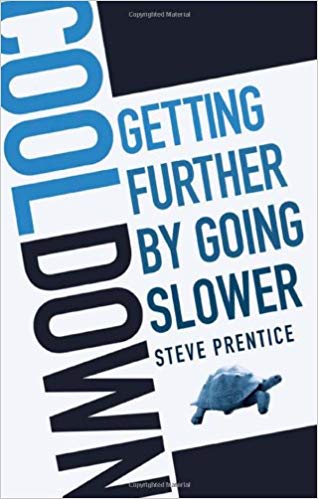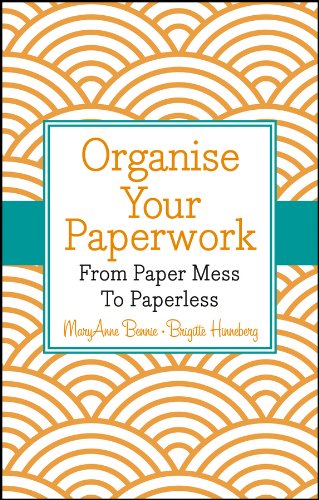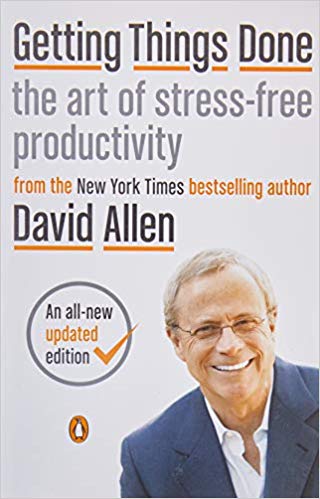Do You Have the Time and Energy for Project Paperwork?
Project managers are often mystified by the amount of “paperwork” that the average project requires. Even if handled on a computer without a single sheet of actual paper being touched, there seems to be an inordinate amount of writing standing between a project manager and the perceived reality of actually doing things. The temptation is great to bypass all of this bureaucratic writing, or at least put it off to the end of the project, but such thoughts are very dangerous. A project without a paper skeleton becomes a shapeless, uncontrollable thing. Without the right types of documentation, stakeholders and team members alike can lose track of the mission of a project, its actual deliverable, or worse, where the money is going (or has gone). It is extremely easy to lose track of details during the intense day-to-day operation of a project, but without these details a project cannot succeed.
The types of paperwork required to run a project run the gamut from overarching large-scale concepts such as a project charter, to the nitty-gritty of a project plan and budget, as well as the more esoteric, such as a daily log or kaizen (improvement) list. But they all have a place. Part of the role of a project manager is to budget sufficient time and attention to handle project paperwork in an ongoing, consistent fashion. Note there are two key components here: time and attention. It might be very easy for a busy project manager to put off the paperwork until later in the evening, when the kids have gone to bed and/or the phone stops ringing. But this relegates an extremely important component of the project to a time of day when for most people at least, the thinking mind is really not in a good place to start dealing with facts, figures and ideas.
The documents genuinely do support the project. A well-constructed project plan, for example, allows tasks to unfold away from the critical path, avoiding crunch periods or wasteful quiet periods, and fully understanding the nature of each task and sub-task down to a granular level. Any seasoned project manager will agree this is a living, breathing document, requiring clear thought and prioritization skills to stay feasible.
Related documents, such as a risk register, day-to-day budgets and cost analysis, resource availabilities, updates from the project team and updates to the project team cannot simply be put aside until the weekend; they need top-quality attention from the person in charge – the project manager.
So when is your best time of day, and are you willing to give at least some of it over to the paperwork? Most people, in fact eight out of ten (hence another application of the Pareto Principle at work) have energy and attention levels that are at their highest between 8:00 a.m. and noon, and within that window, a smaller window of between 8:30 and 10:30 is seen by many who study the physiology of the working person (I am one of this group) as the optimum period for focus, attention and stamina. This, of course, presupposes a reasonably good night’s sleep just prior, which itself does not come from burning the midnight oil.
When people feel under pressure to get a job done as quickly as possible, it is easy to overlook the paperwork as secondary, and to instead schedule the project around the tangible actions – the “doing” that project members are paid to do. This appears to shorten the timeline of the project to its most important components, but in actual fact the project will take longer and cost more if the documents are not there to guide it.
If factoring in time for document management at the prime times of the day extends the project’s duration and cost, so be it. If budget and timelines are fixed already, as is so often the case, then back-planning a project from its delivery date must still include – and never sacrifice - document management when people are at their best.
When the project paperwork is thrown over the side or delayed in the interest of lightening the load, the entire project has nothing to go on but a wing and a prayer.
Related Articles
Related Books on Amazon
Cool Down: Getting Further by Going Slower (Paperback)
Tap into the power that cool thinking generates—learn how going slower can actually help you get more done, faster.
Before you check your wireless e-mail for the fourth time this hour, ask yourself,…
Organise Your Paperwork: From Paper Mess To Paperless
Have you ever wondered what your life would be like if you had a reliable, fail-safe paper system in place? Organise Your Paperwork is your easy guide to handling your paperwork, from bills and…
Getting Things Done: The Art of Stress-Free Productivity
Since it was first published almost fifteen years ago, David Allen’s Getting Things Done has become one of the most influential business books of its era, and the ultimate book on personal…
Actionmint's articles are about productivity, collaboration, entrepreneurship & project management. Everything about getting your work done.
Subscribe and get your daily mints by email or RSS


















